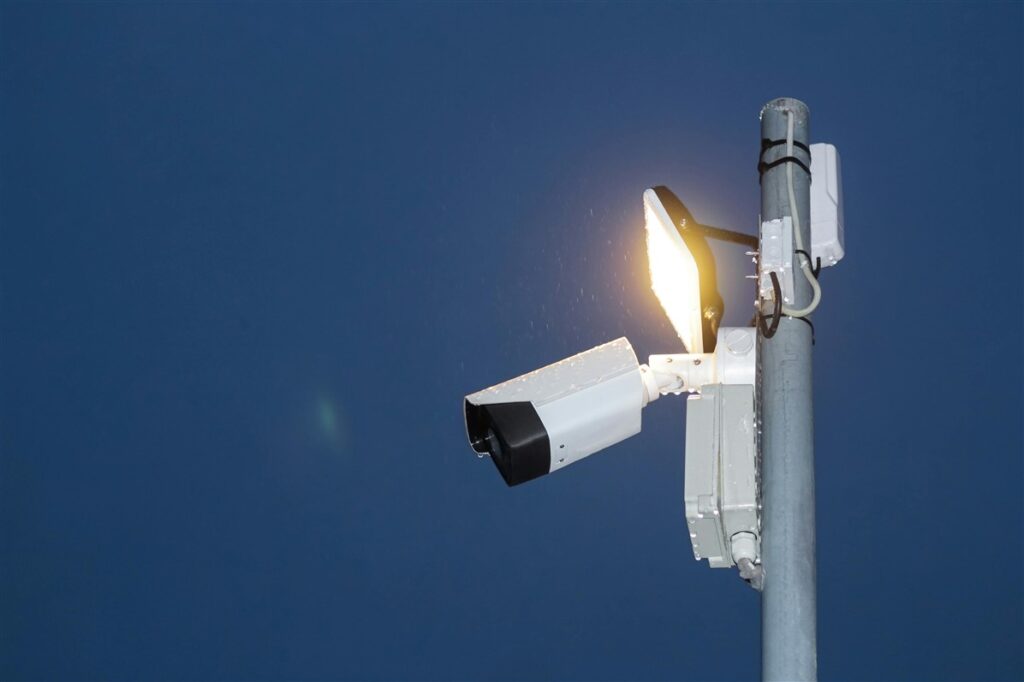Jargon Buster – Who to call when the lights go out!
The electrical world can be confusing and we’ve all come across some terms that don’t make much sense. That’s why in each issue of Wired we unravel a piece of industry gobbledygook and tell you what it means – In plain old English.
From the CEGB and AEBs to RECs and DNOS: Who to call when the lights go out!
There have been so many changes to the electricity supply industry since privatisation in 1990 that there’s really no need to worry if you’re one of many struggling to keep up.
People often confuse the Regional Electric Companies (RECs) and the Distribution Network Operators (DNOs) with energy suppliers – so here’s an overview to help you make sense of it all.
When did the RECs appear?
Prior to 1990, the generation and transmission of electricity in England and Wales was handled by the Central Electricity Generating Board (CEGB). Consumers received their electricity supply from 12 Area Electricity Boards (AEBs).
Under the Conservative government of 1979-1992, many public organisations were privatised – from British Gas and British Telecom to British Aerospace and Jaguar. In December 1990, the government privatised the 12 AEBs, which became known as Regional Electric Companies (RECs).
The reasoning was that the sell-off would increase efficiency, productivity and competition, leading to lower prices and better service for consumers.
The two Scottish companies that used to handle generation, transmission, distribution and supply were privatised in 1991.
Once the privatised gas and electricity markets were opened in 1996 and 1998 respectively, consumers were able to choose which company they bought their energy from, leading to competition between the various suppliers.
The RECs were defined as Publicity Electricity Suppliers (PESs), allowed to use other distributions networks for a regulated fee in order to supply electricity beyond their franchise areas.
How did deregulation affect the market?
Around 1999, the energy regulator Ofgem set up measures to separate energy generation from energy sales. Licensed distribution network operators (DNOs), replaced the PESs under the Utilities Act of 2000.
The deregulation continued in 2001 when Ofgem launched its New Electricity Trading Arrangement (NETA), a forced restructuring process for energy companies, which was intended to lead to market-led prices.
What are the DNOs?
As a consequence of deregulation, there are now seven separate Distribution Network Operators (DNOs), working across the 14 Public Electricity Suppliers (PES) areas in the UK. The DNOs are:
Electricity North West, Northern Ireland Electricity, Northern Powergrid, Scottish and Southern Energy, SP Energy Networks, UK Power Networks and Western Power Distribution.
Some DNOs will cover more than one area, for example, Scottish Power covers the PES areas of South Scotland, North Wales, Merseyside and Cheshire, while UK Power Networks covers London, South East England and Eastern England.
As the electrical infrastructure – towers, cables etc – that delivers electricity to homes and businesses in the UK is owned and run by these DNOs, they are the people to call if there’s a power cut in your area
What distinguishes the energy suppliers from the DNOs?
Following deregulation, the DNOs became the successors to the distribution side of the RECs. Crucially, while the DNOs own and run the network, they are not permitted to sell electricity direct to consumers. That’s the job of the energy companies.
The situation today
Currently, energy is transported to homes, offices, factories, public buildings and elsewhere by the DNOs and sold to the customer by the energy companies.
Consumers do not have a choice which DNO brings electricity (and gas) to their premises; it depends on where they are based geographically. However, they do have a choice which utilities company they buy their energy from.
The sale of electricity (and gas) to the consumer has been dominated by what has become known as the Big Six, with another 20 or so smaller companies in operation. Consumers are encouraged to switch suppliers to find the best deals and new legislation due by the end of this year is designed to make switching quicker and easier.
However, Ofgem has carried out continual reviews and investigations into concerns about the way competition has been working – for example, the fact that energy firms often raise prices at the same time.
The future may see further legislation to ensure a fairer deal for customers.

Our guide to building energy management systems
Building energy management systems (BEMS) are systems that allow you to monitor, control, and optimise the energy used within your building. The phrase building energy management system (BEMS) is often used interchangeably with the phrase building management system (BMS), but there are some differences. A BEMS is focused on energy-related systems such as lighting, heating, […]
Read more
How far does power travel and what impact does distance have on performance
It’s easy to take our electricity supply for granted. We flick a switch and instantly have light or power. We don’t even think about it unless there’s an issue or an outage. But when there is an issue or outage, the impact can be significant. For manufacturers, even the smallest change in power can make […]
Read more
Why visibility of the production process is so important
Operational excellence, efficiency and quality are top priorities for almost every manufacturer worldwide. These things lead to improved productivity, happier customers and reduced waste – all of which result in increased profits. Visibility of the production process is the key to achieving these things. And manufacturers now have access to technology that can provide real-time […]
Read more
Will security lighting help to protect my staff?
Looking after the safety and well-being of employees should be a priority for any business. And while it’s not possible to mitigate every risk, there are measures you can take to improve their safety and security. One measure that is often overlooked is the installation of security lighting. When daylight disappears, visibility is reduced, increasing […]
Read more
Top 5 considerations when comparing electrical quotes
Budget is always a factor when you’re considering any type of upgrade, revamp, or maintenance work within your factory. But when it comes to electrical work, you have to consider more than just money. Don’t rush into accepting the cheapest electrical quotes without knowing exactly what you’re getting. Electrical work is not an area where […]
Read more
What is the role of companies in reducing our carbon footprint?
We should all be taking responsibility for protecting our planet and a big part of that is reducing our carbon footprint. But while it falls to all of us to do our bit, there is additional pressure on manufacturers, especially those with high carbon emissions. As an absolute minimum, these companies should ensure compliance with […]
Read more

